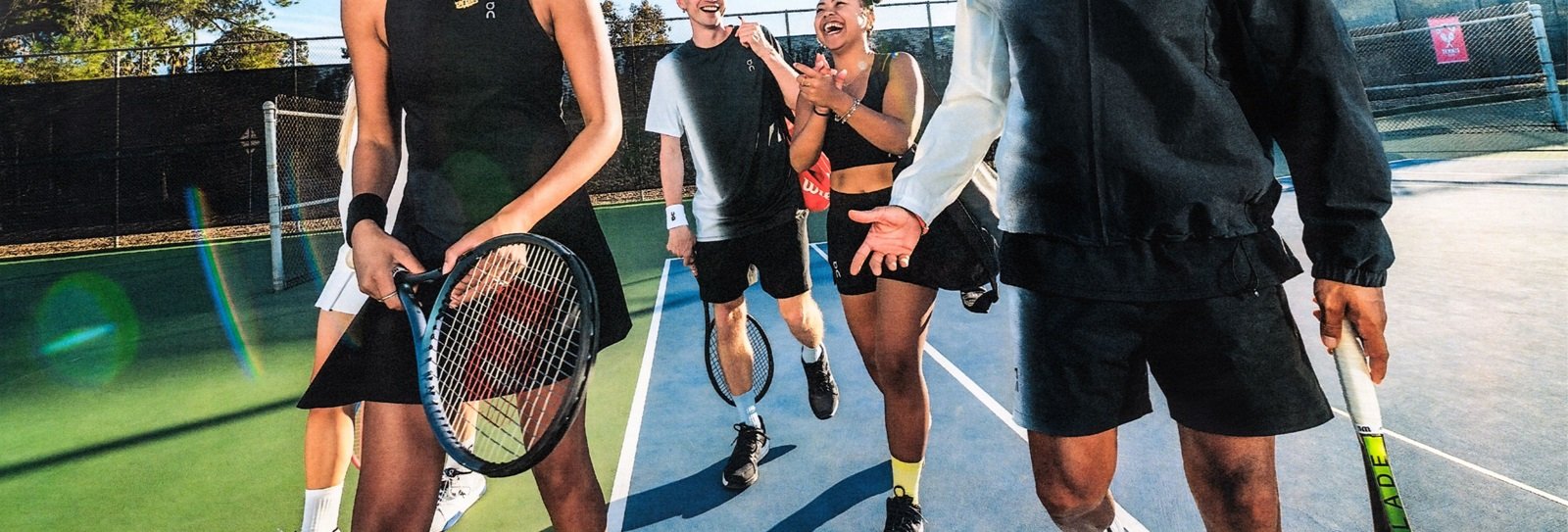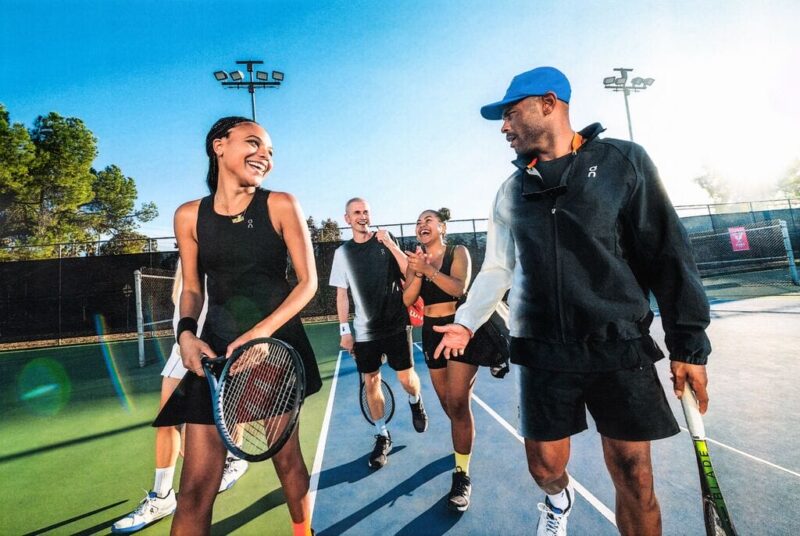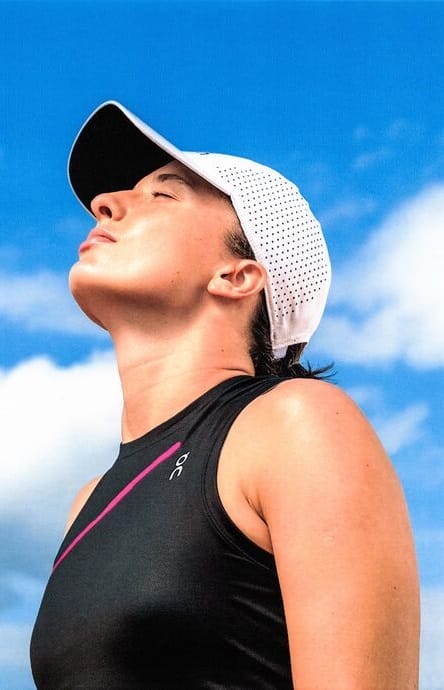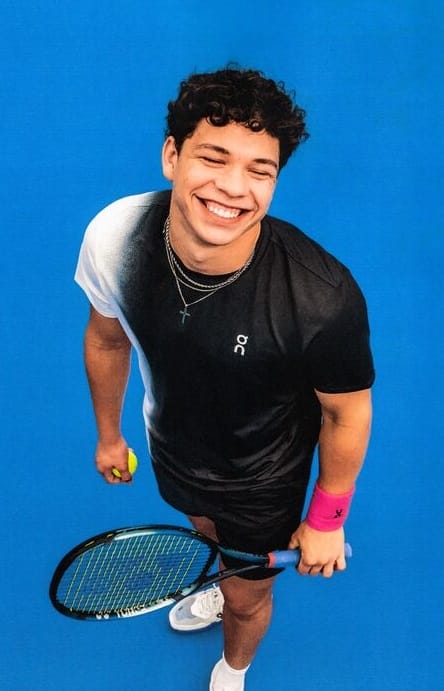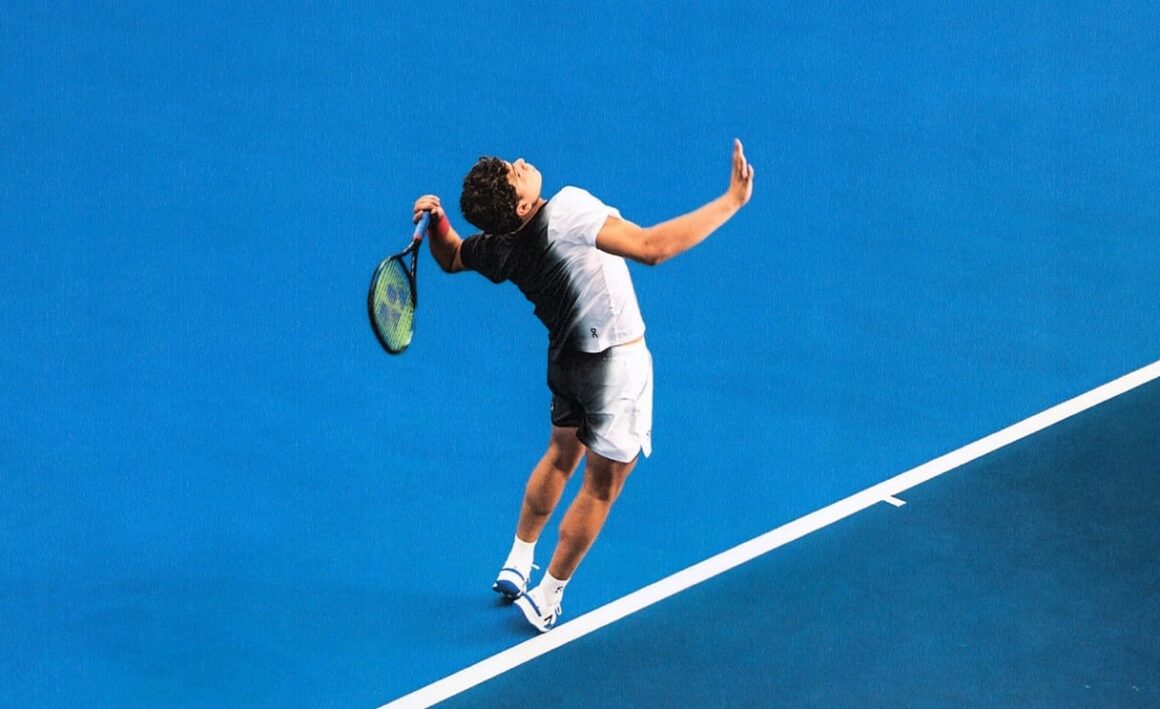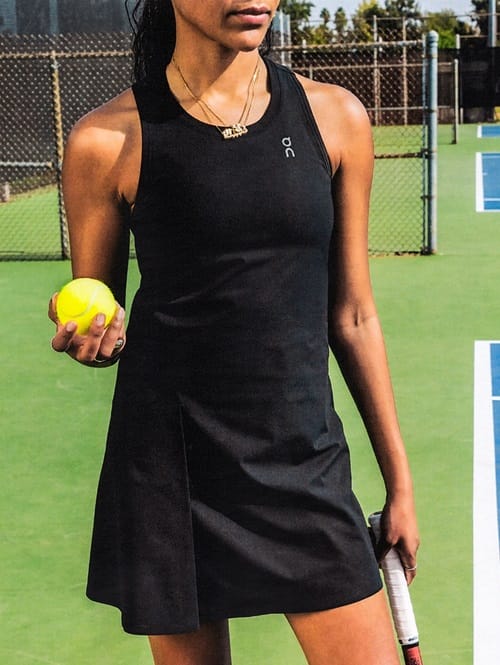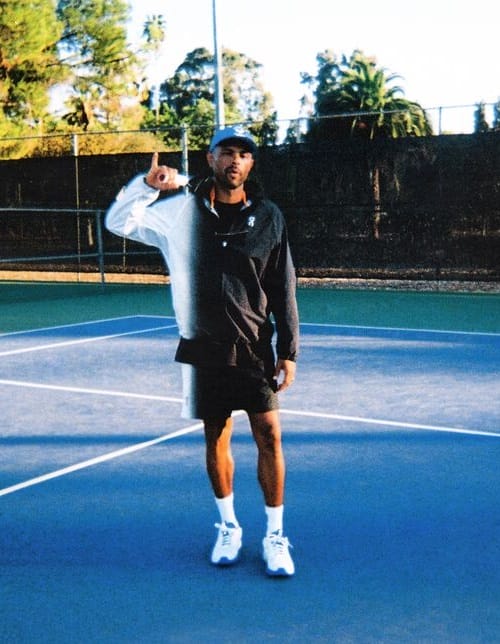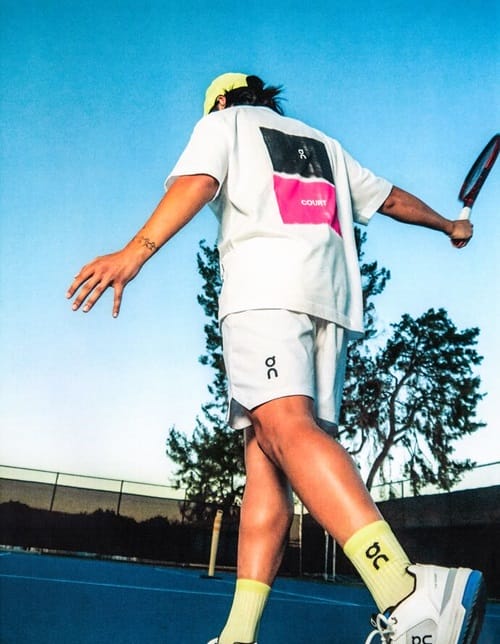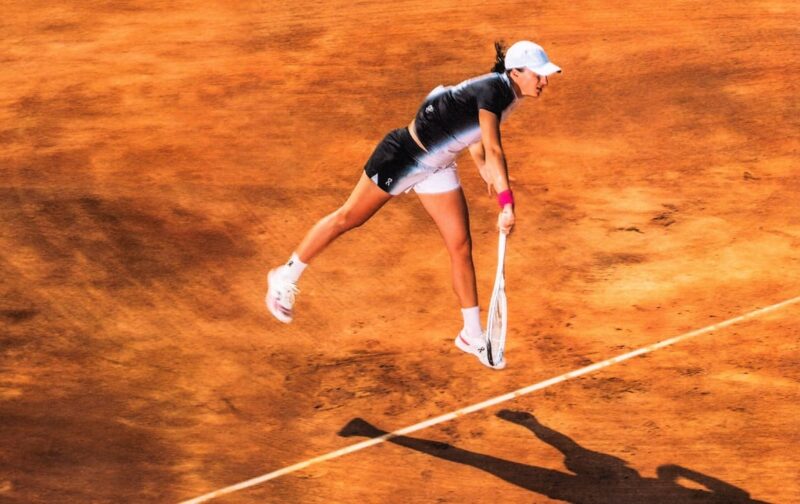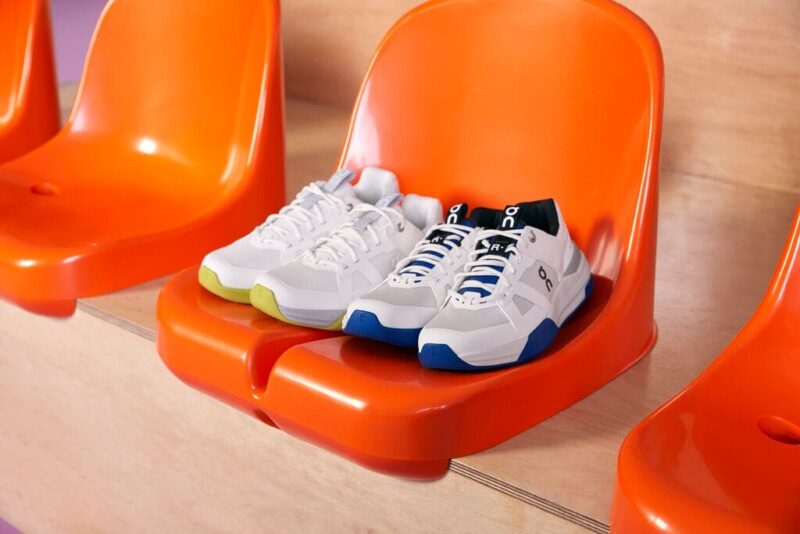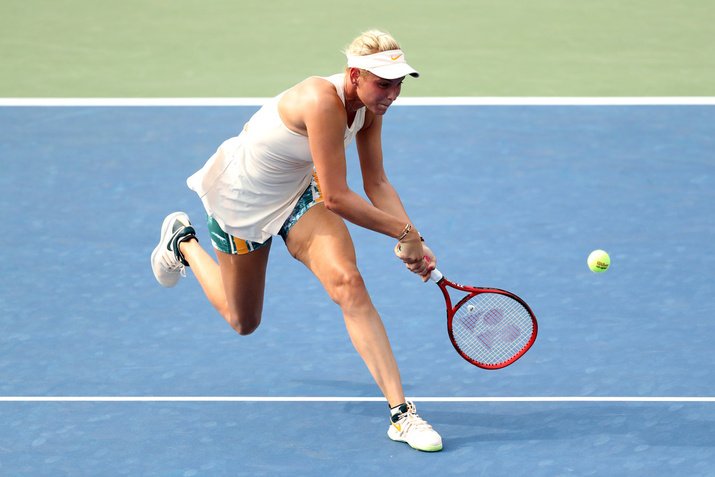Understanding your game: Factors to consider before choosing a tennis racquet
Choosing a tennis racquet is crucial in ensuring you perform at your best on the court. As a tennis player, you understand the importance of finding the right racquet that suits your style of play.
Here are some factors to consider before making a purchase:
1. Racquet Head Size
The racquet head size can affect the power and maneuverability of the racquet. Larger head sizes provide more power and a larger sweet spot, making it easier to hit the ball with accuracy. However, smaller head sizes provide more precision and control, allowing players to hit the ball with more spin and accuracy.
2. Racquet Weight
The weight of a racquet can determine the level of control and power a player can generate. Lighter racquets are easier to handle and maneuver, but heavier racquets provide more power and stability. The weight of the racquet should match your personal preferences and playing style.
3. Racquet Balance
The balance of a tennis racquet refers to the weight distribution throughout the racquet. Depending on the balance, a tennis racquet can be classified as head-heavy, head-light, or evenly balanced. A head-heavy racquet generates more power and is easier to swing, while a head-light racquet offers more control and precision.
4. Grip Size
The grip size of a tennis racquet determines how comfortably a player can hold the racquet. A grip that is too small or large can cause discomfort and negatively impact a player’s performance on the court. It is important to choose a grip size that matches your hand size and provides a comfortable and secure grip.
5. String Tension
The tension of the strings affects the power and control of the racquet. High string tension provides more control, while lower string tension generates more power. Finding the right string tension is essential in maximizing your on-court performance.
Understanding these factors can help you make an informed decision when choosing a tennis racquet that suits your needs and playing style. Take the time to research and test different racquets before making a purchase, so that you can find the perfect racquet that enhances your game on the court.
The anatomy of a tennis racquet: Features and specifications to look for
When it comes to choosing the right tennis racquet, it’s essential to understand the various features and specifications that make up the racquet’s anatomy. Here are some of the key components to look for:
1. Head Size
The head size of a tennis racquet refers to the size of the racquet’s hitting surface. The standard measurements for head size are between 95 and 110 square inches. A larger head size will provide a larger sweet spot, which means more forgiving hits. However, smaller heads offer better control and precision. Choosing the right head size ultimately depends on your skill level and play style.
2. Length
The standard length of a tennis racquet is 27 inches, although there are racquets available in longer and shorter lengths. Longer racquets offer more reach and power, while shorter racquets are more maneuverable.
3. Weight
The weight of a tennis racquet plays a significant role in determining your level of comfort and efficiency during gameplay. Generally, players prefer racquets that weigh between 9 and 12 ounces. A lighter racquet is ideal for beginners and players with weaker arms, while heavier racquets provide more power and stability.
4. Balance
The balance of a tennis racquet is determined by the weight distribution between the head and the handle. Head-heavy racquets offer more power and are easier to maneuver, while handle-heavy racquets provide better control and precision.
5. String Pattern
The string pattern of a tennis racquet refers to the arrangement of strings on the racquet’s hitting surface. The two most common string patterns are the open string pattern and the dense string pattern. An open string pattern offers more spin and power, while a dense string pattern provides more control.
6. Material
The material used to construct a tennis racquet can significantly impact its overall performance. Some common materials used to make racquets include graphite, aluminum, and titanium. Graphite racquets offer excellent power and durability, while aluminum and titanium racquets offer lighter weight and maneuverability.
In conclusion, choosing the right tennis racquet requires careful consideration of the racquet’s anatomy. Take into account the head size, length, weight, balance, string pattern, and material to find the perfect racquet that suits your play style and level of skill.
Making the final decision: Tips for selecting the perfect racquet for your needs
After considering all the aforementioned factors, it’s time to make a final decision. Here are some tips for selecting the perfect racquet for your needs:
- Comfort is key. Choose a racquet that feels comfortable in your hand. This will vary from person to person, so it’s important to try out different racquets before making a decision.
- Consider the weight and balance of the racquet. A lighter racquet is easier to maneuver, while a heavier racquet provides more power. The balance of the racquet (whether it’s head-heavy or handle-heavy) will also affect its performance.
- Think about your playing style. Do you prefer a lot of power or control? A larger head size will provide more power, while a smaller head size will give you more control.
- Don’t forget about string pattern and tension. A denser string pattern will give you more control, while a more open string pattern will provide more power. Tension also affects the racquet’s performance, so it’s important to find the right balance for your needs.
- Consider the brand and model. Different brands and models will offer different features and technologies. Do some research and read reviews to find the racquet that best suits your needs.
Remember, there is no one-size-fits-all when it comes to selecting a tennis racquet. It’s important to take the time to consider all the factors and try out different racquets before making a decision. The right racquet can help improve your game, so choose wisely!


